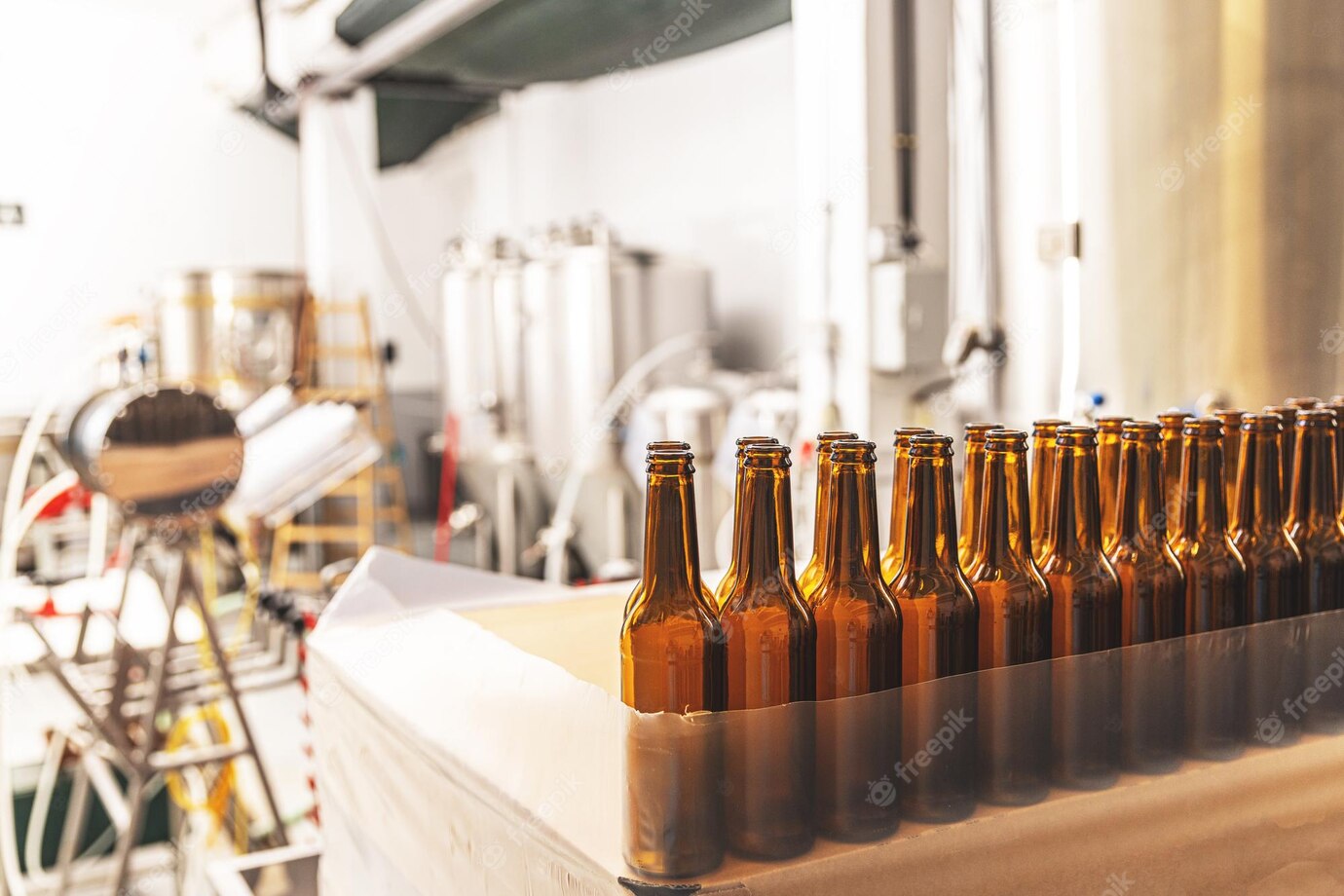Discover the secrets to make the perfect IPA with our helpful brewing tips and tricks!
Are you a craft brewer looking for tips for brewing the perfect IPA? Look no further! This informative article offers plenty of tips and tricks to help make your next IPA taste great. From choosing the right hops and yeast, to knowing your malts and the right water profile, we cover it all. Learn how to select the perfect malts and how to determine your hop bitterness to create a balanced and flavorful IPA. With these helpful guidelines, craft brewers at all levels will be on their way to brewing a delicious, hoppy IPA.
Brewing IPA: Tips and Tricks
India Pale Ale (IPA) is one of the most popular and widely enjoyed beer styles found across the United States. IPAs are known for their strong hop aroma and bold, intense flavors. Brewed with both domestic and imported varieties of hops, IPAs have become well-known for their intense bitterness and aroma. The popularity of the beer style has driven many homebrewers to experiment with their own recipes. Here are some tips and tricks to help you brew the perfect IPA.
Choose the Right Hops
One of the most important steps in brewing an IPA is selecting the right hops for your beer. IPAs are typically brewed with a blend of hops, often both domestic and imported, which provide the intense hop aroma and bitterness that IPAs are known for. Hops from the Pacific Northwest, such as Cascade, Simcoe, and Centennial, are commonly used in IPAs, as well as European hop varieties such as Saaz and East Kent Goldings. There are also a number of new, experimental hop varieties that can be used to add unique flavor and aroma to your beer.
Know Your Boiling Techniques
Boiling is an important step in the brewing process and can make a huge difference in the flavor of your beer. When brewing an IPA, there are a few specific techniques that you should always keep in mind.
First, it is important to boil your wort for a minimum of 90 minutes. This will allow the flavor and aroma of the hops to fully infuse into the beer.
Second, be sure to add the hops at the right time during the boil. For the intense, assertive hop flavor and aroma associated with IPAs, it’s best to add the majority of your hops late in the boil and towards the end of the boil. This will also help to prevent the beer from becoming overly bitter. You can also add hops during fermentation for an added hop flavor and aroma.
Finally, don’t underestimate the importance of hop stands. Hop stands are a great way to add flavor and complexity to an IPA. Hop stands involve adding hops to the boiling wort for an extended period of time, allowing for more flavor and aroma to be extracted from the hops.
Experiment with Fermentation
Fermentation is another important factor to consider when brewing an IPA. IPAs typically have a higher alcohol content and a higher level of carbonation, so it’s important to choose the right yeast strain and fermenting temperature. Popular yeast strains for IPAs are English ale yeasts, as well as a variety of American ale and lager yeast strains. As for fermentation temperatures, aim for temperatures in the range of 66-68F for English ales and 68-72F for American ales. Higher temperatures will result in a more assertive hop character, so experiment with different temperatures to achieve the desired flavor.
Utilize Dry Hopping
Another popular technique when brewing an IPA is dry hopping. Dry hopping is a process in which hops are added to the beer during the conditioning phase of fermentation. This results in a beer with a more intense hop aroma and flavor. When dry hopping, be sure to add the hops in multiple additions, starting with a lower amount and gradually increasing the amount as the flavor and aroma develop.
Try Out Finishing Hops
Finishing hops are a great way to add some extra hop character to your IPA. Finishing hops are added at the end of the boil, after the wort has been cooled, and are steeped for an extended period of time, resulting in a noticeable hop aroma and flavor. When using finishing hops, be sure to use a low level of heat, as the hops can tend to be quite intense.
Brew Your IPA With Confidence!
These are just a few tips and tricks for brewing an IPA. While there is no one-size-fits-all approach to brewing an IPA, these tips should help to set you on the right path for achieving a delicious beer. With a little bit of experimentation and patience, you’ll soon be brewing an IPA that you can be proud of. Cheers!

